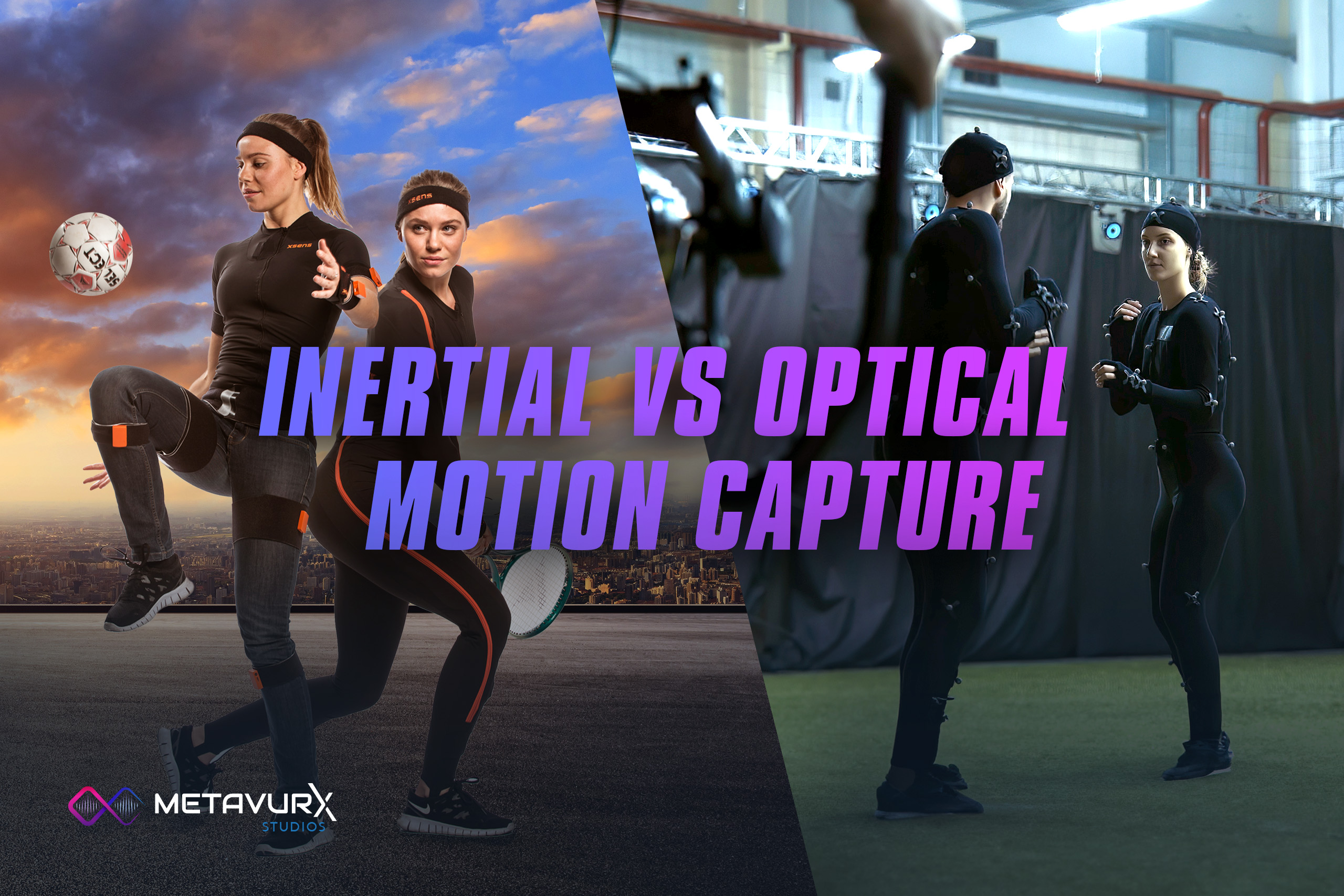Two main methods are used in motion capture system: inertial and optical. Both methods have distinctive advantages and disadvantages that make them appropriate for various uses. Selecting the proper technology for your purposes is easier if you are aware of the differences between inertial and optical motion capture.
Choosing the Right MoCap System
Your project’s particular needs must be considered while choosing between inertial and optical motion capture. An optical motion capture system can be your best option if you require precise tracking and complex movements. However, an inertial motion capture system would be preferable if portability and user-friendliness are more crucial considerations.
Take note of the surroundings where the device will also be utilized. An inertial system can be more appropriate if you need to record movement in an uncontrolled environment or outdoors. However, an optical system can be better if you have an enclosed space with particular lighting conditions.
Inertial Motion Capture
Inertial motion capture, or IMU-based mocap, uses sensors embedded into the actor’s device or suit. These sensors, which include magnetometers, gyroscopes, and accelerometers, monitor the body’s orientation and movement in real-time. The mobility and user-friendliness of inertial motion capture are among its primary benefits. It doesn’t need an enclosed space with particular lighting conditions; thus, it can be used outside. However, because of sensor drift, inertial motion capture may be unable to record absolute location and orientation for extended periods.
Usually used on the following:
– Indie AAA games
– 3D video games
– 3D Previsualization
– Biomechanics and Sports Science
– Robotics and Medical Research
– Virtual production
– Big productions for the entertainment industry
Optical Motion Capture
Optical motion capture, also known as marker-based mocap, tracks the actor’s movement by placing cameras and markers on them. Enabling high-precision tracking, many cameras record the positions of markers in three-dimensional space. The precision and capacity of optical motion capture devices to record finely precise movements are well known. However, an enclosed space with particular lighting requirements must exist for them to work at their best. Comparatively speaking to an inertial system, setting up an optical motion capture system can be more difficult.
Usually used on the following:
– AAA games
– Virtual production
– Robotics and Medical Research
– Big productions for the entertainment industry
Conclusion
To sum up, each type of motion capture system—inertial and optical—has advantages and disadvantages of its own. The decision between the two is influenced by several variables, including the needed degree of precision, the setting where the system will be utilized, and financial limitations. Knowing the distinctions between optical and inertial motion capture will help you select the appropriate technology for your application.
Metavurx Studios can help you decide which motion capture suits your needs. We provide a convenient solution for achieving realism and immersion in your artistic ideas with adjustable options and a team of professionals available for technical assistance.
Ready to start your mocap journey? Talk to us!


